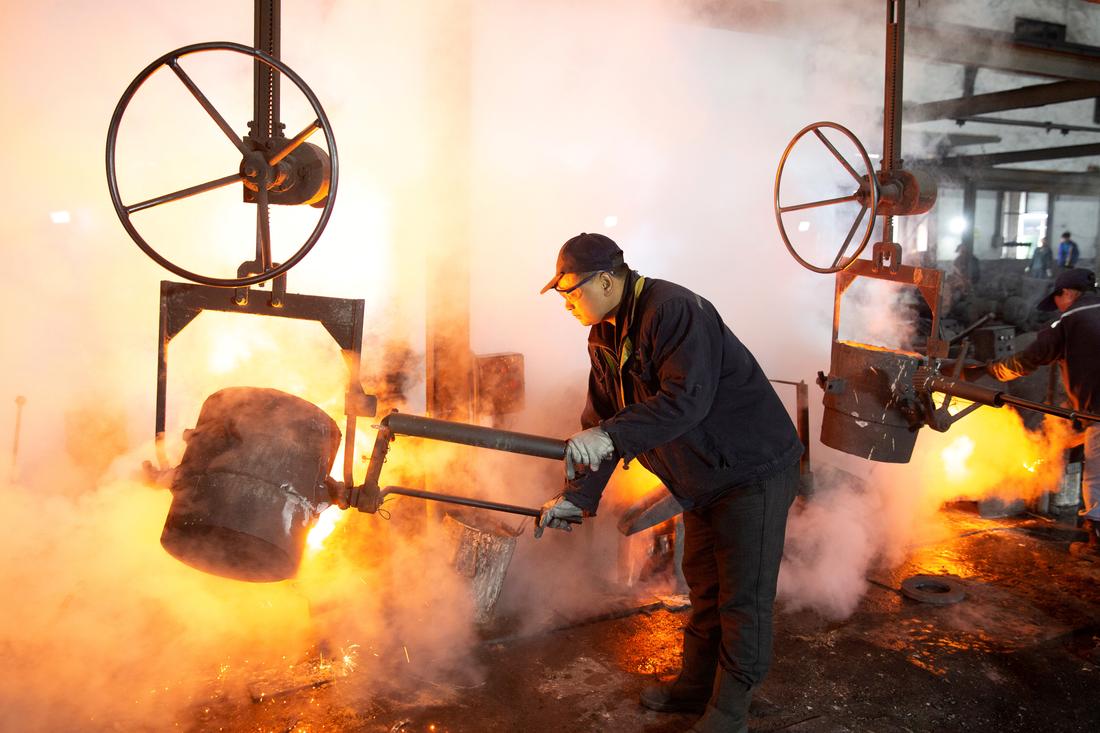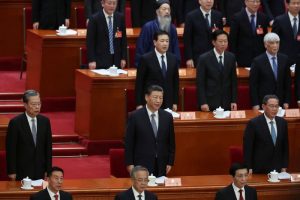China has abandoned its “growth at all cost” policy and stuck with its deleveraging and structural reform direction, despite the trade war and Covid-19 shocks.
This has resulted in a constrained growth environment capping demand-pull inflation which, in turn, also capped the cost-push price pressure from filtering down to CPI inflation.
There are really no economic fundamental reasons for Chinese bond yields to rise significantly this year. Even the recent UST yield increase is not going to change this, in my view.
So, any Chinese policy tightening risk this year stemming from inflation is low; but regulatory tightening should be evident as Beijing moves to rein in financial risk by pushing bad players to exit the system.
Economic recovery on the back of deleveraging, structural rebalancing and Beijing’s retreat from the implicit guarantee policy will contain Chinese bond yield (5-year CGB) in a range between 3.0% and 3.5% this year, in my view.
This macro backdrop is also benign for Chinese stocks beyond some near-term consolidation/correction.
NO MORE “GROWTH AT ALL COST”
Inflationary pressures can emerge especially when the growth mix is inefficient, i.e., there is resource misallocation to inefficient sectors which creates additional demand without enhancing productivity. The change in China’s macroeconomic policy objective since President Xi came to power has improved the economic structure and helped reduce its inflation risk in this aspect.
China’s efforts on structural rebalancing and environmental controls since 2015 have cut excess capacity, notably in the steel, coal and cement sectors. The process has become a structural force containing inflationary pressures.
Throughout this down cycle, China has abandoned its “growth at all cost” policy by not pursuing massive reflation that would buoy all sectors. The support measures have been targeted and selective, with funds not going to the excessive capacity sectors and property.
INFLATION NOT RETURNING
Despite the recent return of mild PPI inflation, it has not filtered down to the CPI. Statistically, there has been no significant correlation between China’s PPI and CPI. Economically, the constrained growth environment in China’s “new normal” economy has kept the cost-push price pressures from spilling over to downstream CPI inflation, which is what the PBoC targets (to cap it at 3.0% YoY).
China’s core CPI inflation has been absent for a long time and headline CPI has been driven by food price inflation. The outlook this year is for food price inflation, notably vegetable and pork prices, to reverse last year’s hikes as the special factors of flooding and swine flu recede.
So, there is no economic reasons to support the return of inflation to China anytime soon that could risk monetary tightening and push up Chinese bond yields significantly.
THE US FACTOR
Finally, the recent spike in the UST yield per se is unlikely to change the Chinese yield environment. It may not lead to “taper tantrum 2.0” for China (and Asia) this time, in my view, because the pace and the magnitude of the rise in US real rates are likely to be much smaller than 2013’s “taper tantrum”.
In May 2013, when the Fed indicated that it would taper QE, it was not specific on both the timing and the action on the policy rate front. The markets sold off on the fear that rate hikes would follow soon, pushing up 10-year US real yield by 150 bps in four months between April and August 2013.
This time around, the market generally expects US real yield to rise only moderately in 12 months, as the Fed has not only pushed back against the tapering talk but also looking to have a longer lead time between communicating tapering intentions and actual tapering, and between actual tapering and policy rate normalisation.
• Chi Lo is a senior strategist for Greater China at BNP Paribas Asset Management.
























